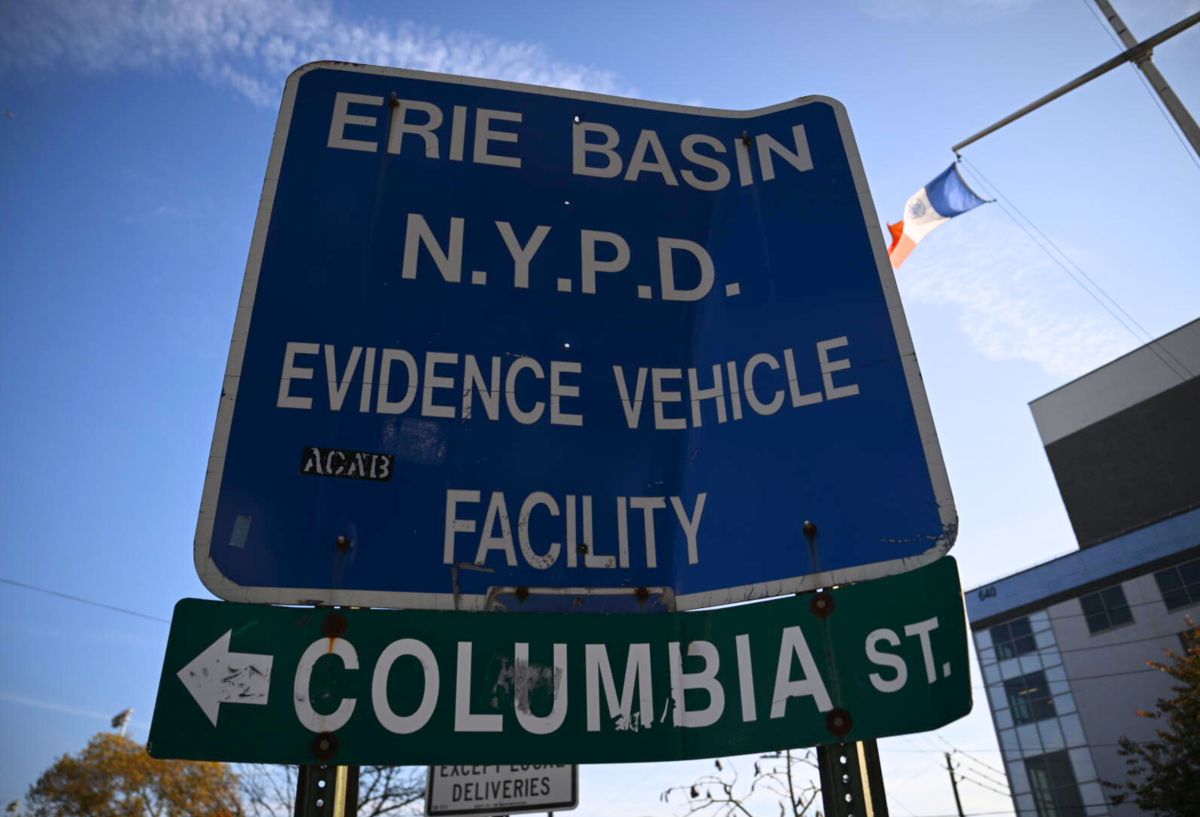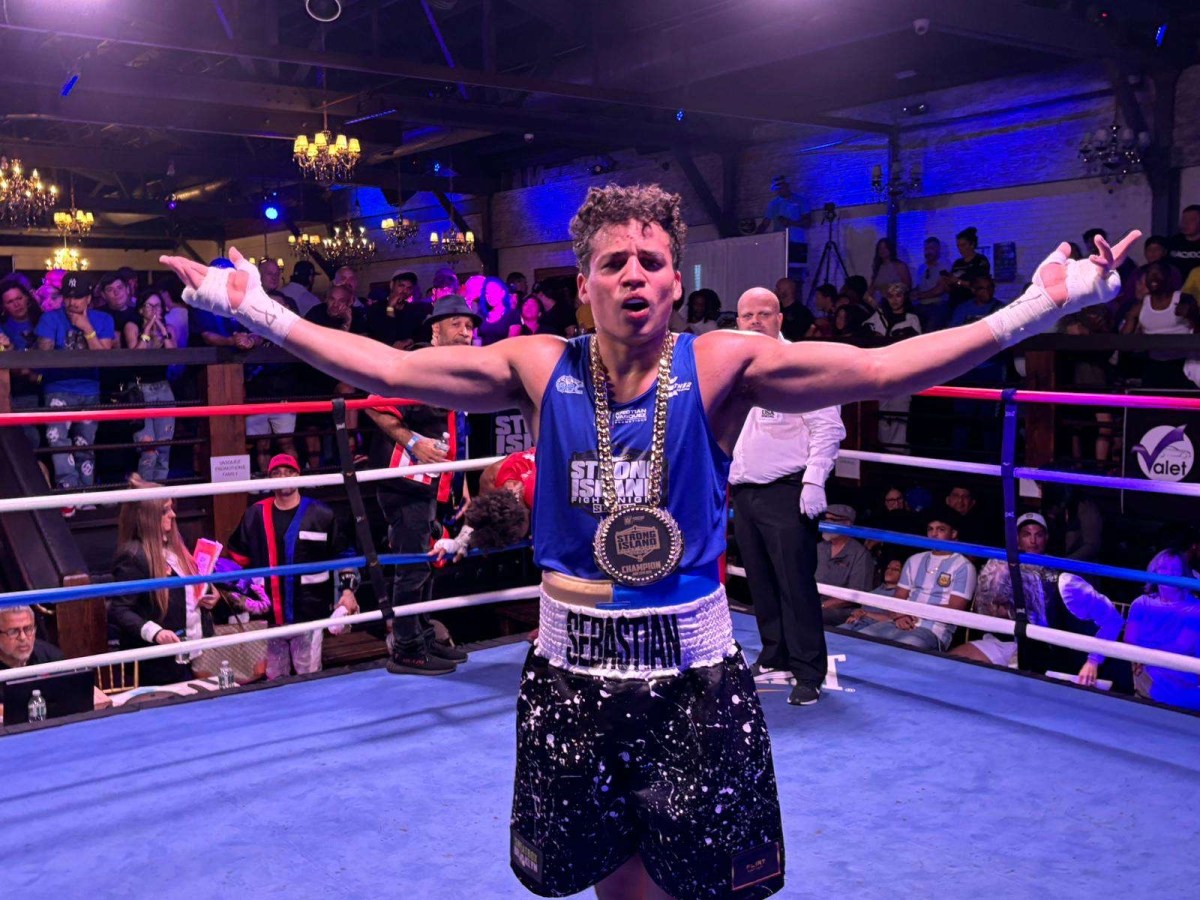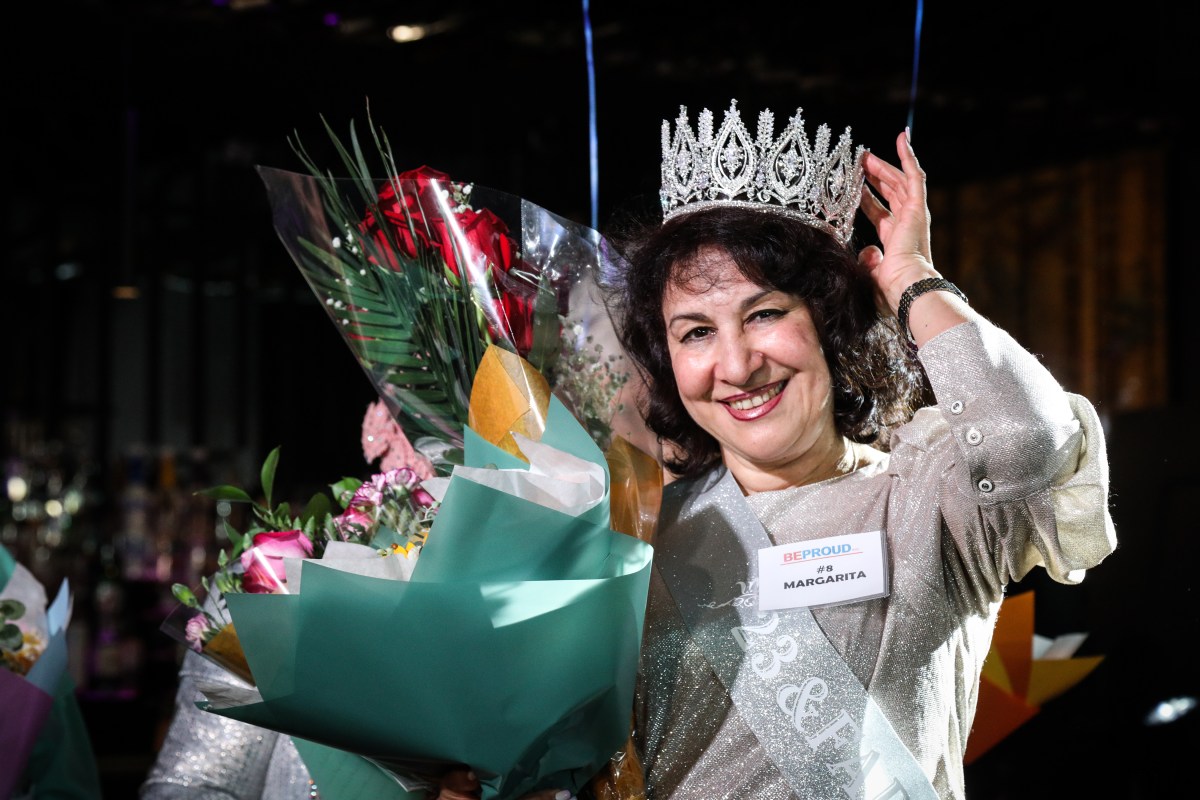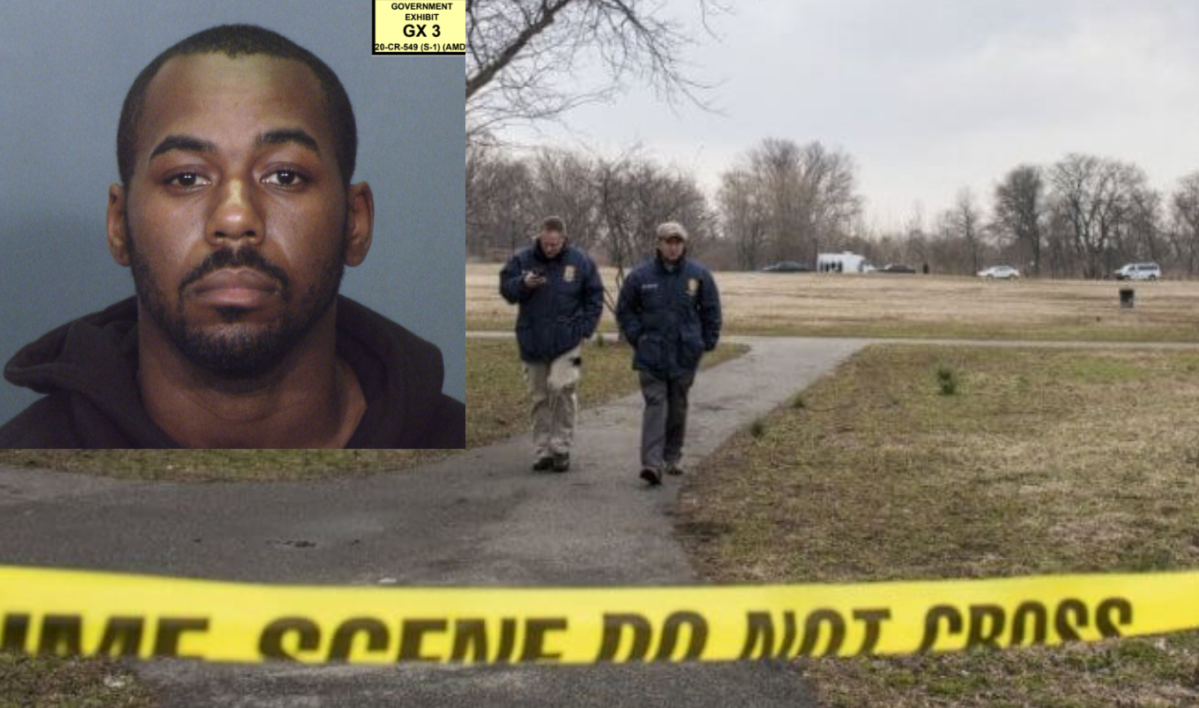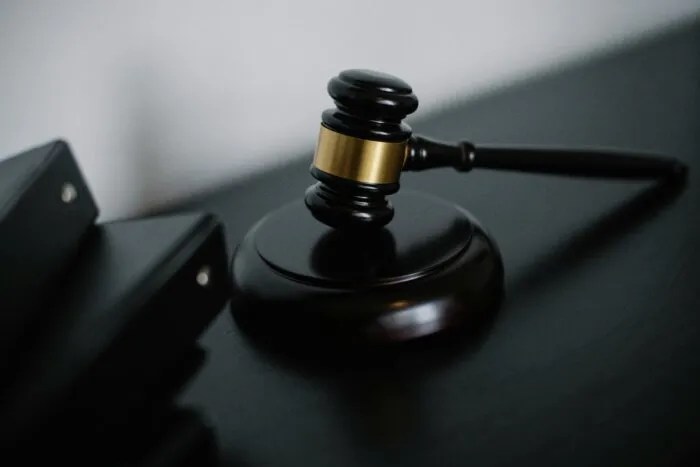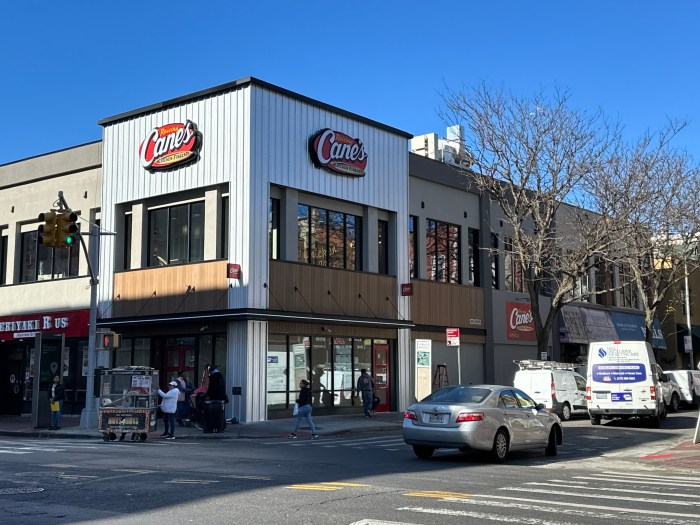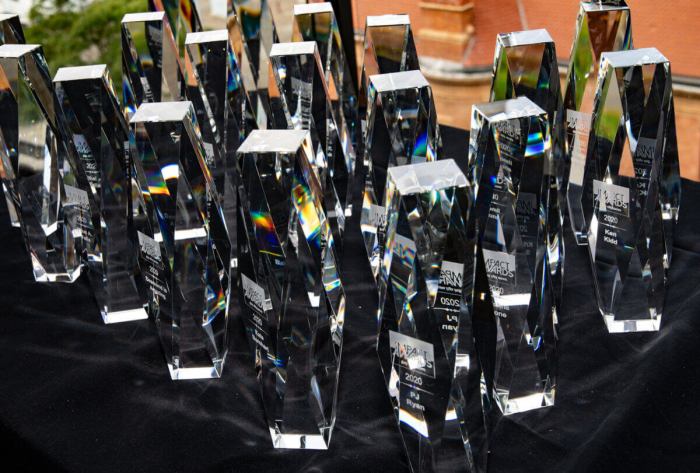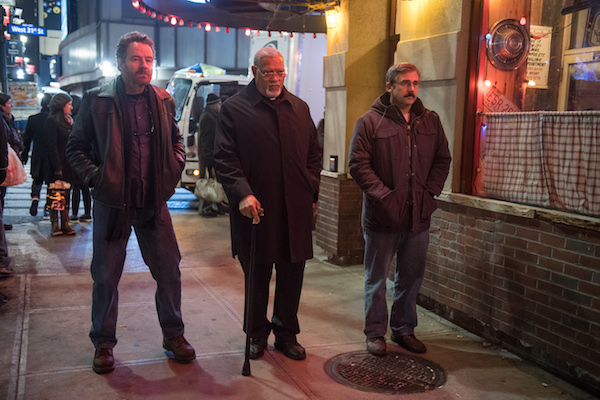
BY STEVE ERICKSON | When Richard Linklater’s “Last Flag Flying” got its world premiere at the New York Film Festival, the collective response from critics seemed to be “meh,” although it has a 71 percent fresh rating on Rotten Tomatoes right now.
The film deserves better. It is more confirmation that Linklater is one of America’s best working directors. An unofficial sequel — that changes the characters’ names, probably for legal reasons — to Hal Ashby’s 1973 masterpiece “The Last Detail,” it examines the long-term damage done to soldiers by the Vietnam War and still being done to them in Iraq.
There’s a possibly apocryphal quote from François Truffaut that all war movies are pro-war. “Last Flag Flying” escapes that danger by showing nothing but war’s consequences. It even avoids possible pandering to gore-hounds: it criticizes Bush’s policy of not showing mutilated soldiers, but when Doc sees his “faceless” son’s corpse, viewers are spared the sight of his damaged body.
“Last Flag Flying” explores America’s unending trauma from its ongoing conflicts
Set in 2003, “Last Flag Flying” turns Jack Nicholson’s profane character into Sal Nealson (Bryan Cranston), who owns a bar in Virginia. Larry “Doc” Shepherd (Steve Carell), who spent two years in the brig after the ending of “The Last Detail,” got married and raised a son, but they’re both dead. She passed away from cancer, and his son just got killed in action in Iraq. At a local church, Sal and Doc find Mueller (Laurence Fishburne, who also appeared in “Apocalypse Now” when he was very young) mid-sermon, having traded alcoholism for a career as a preacher. Doc asks Mueller and Sal to travel with him to Arlington to collect his son’s body.
The timing may not be right for a study of middle-aged masculinity. The film’s world is entirely male; women barely appear in it. Yet this makes sense as a reflection of the way three 60-year-old Vietnam veterans would see life. They were drafted at a time when women didn’t serve in combat and one gets the feeling that their closest bonds are to each other, not their wives (if they have them).
Starting with “Boyhood,” Linklater’s reputation as a warm humanist — these qualities are evident all over “Last Flag Flying” — began to be tarnished by accusations of blinkered racism. It seems undeniable to me that his treatment of Latinos in “Boyhood” is patronizing, but the scenes involving them take up about two minutes of a 160-minute film. Linklater’s critics have gone further to point out that his casts are almost always all-white: the only exceptions are his use of an animated Keanu Reeves (the actor is part Asian) in “A Scanner Darkly” and some relatively substantial Latino roles in the ensemble cast in “Fast Food Nation.”
Here, Linklater has made a film where one of the three lead characters is African-American, although the novel he’s adapting — written by co-screenwriter Darryl Ponicsan in 2005 — dictates this. He also included a large part for African-American actor J. Quinton Johnson as a friend of Doc’s son, who travels with the central trio part of the way. I wonder if these decisions, even if they stem from the source material, are Linklater’s reaction to the criticism he’s received. They also, however, reflect the fact that “Last Flag Flying” was created by more than one auteur and that, back in the ‘70s, Hal Ashby and Ponicsan laid out the framework with which Linklater is now working. For that matter, so did the politicians who started the wars whose fallout “Last Flag Flying” depicts.
“The Last Detail” is notorious for its raunchy dialogue, and “Last Flag Flying” picks up the torch in a similar vein: I’m sure it’s rated R entirely for its profanity. When Sal turns on the radio and hears an Eminem song (which leads him and Mueller to talk about how much they hate hip-hop, although Sal doesn’t know that the rapper is white), Mueller complains about Eminem’s “sewer mouth.” This shows a massive lack of self-awareness, considering that “fuck” pops up in every other line of the film’s dialogue.
But the film gets at the vulnerability behind the cussing and machismo. The actors do a great job of suggesting a friendship going back decades, suddenly picked up again. Only Peter Straub’s novel “Koko” has achieved the same kind of depiction of Vietnam vets suddenly renewing old bonds with this much power.
Working-class white men who voted for Donald Trump have been profiled endlessly in the media, usually in ways that romanticize and patronize them at the same time. Linklater’s politics are far enough to the left that he allows his characters to be proud of their military service while raging against the wars they fought and that Doc’s son died in. Otherwise, this is a depiction of the same demographic credited — rightly or wrongly — for Trump’s election. It speaks about the damage done to our country and its people by war, which has turned Sal into an alcoholic and Mueller into one who has traded booze for an addictive attachment to religion, in a language that both progressives and conservatives should be able to understand. That’s a real feat, and I’m very curious how the film will be received when Lionsgate, the studio that brought America “The Hunger Games” and Mel Gibson’s “Hacksaw Ridge,” puts it into wide release.
____________________________________________
LAST FLAG FLYING | Directed by Richard Linklater | Amazon Studios/ Lionsgate | Opens Nov. 3 | Lincoln Plaza Cinema, 1886 Broadway at W. 62nd St.; lincolnplazacinema.com | Landmark Sunshine Cinema, 143 E. Houston St., btwn. First & Second Aves.; landmarktheatres.com/new-york-city/sunshine-cinema











